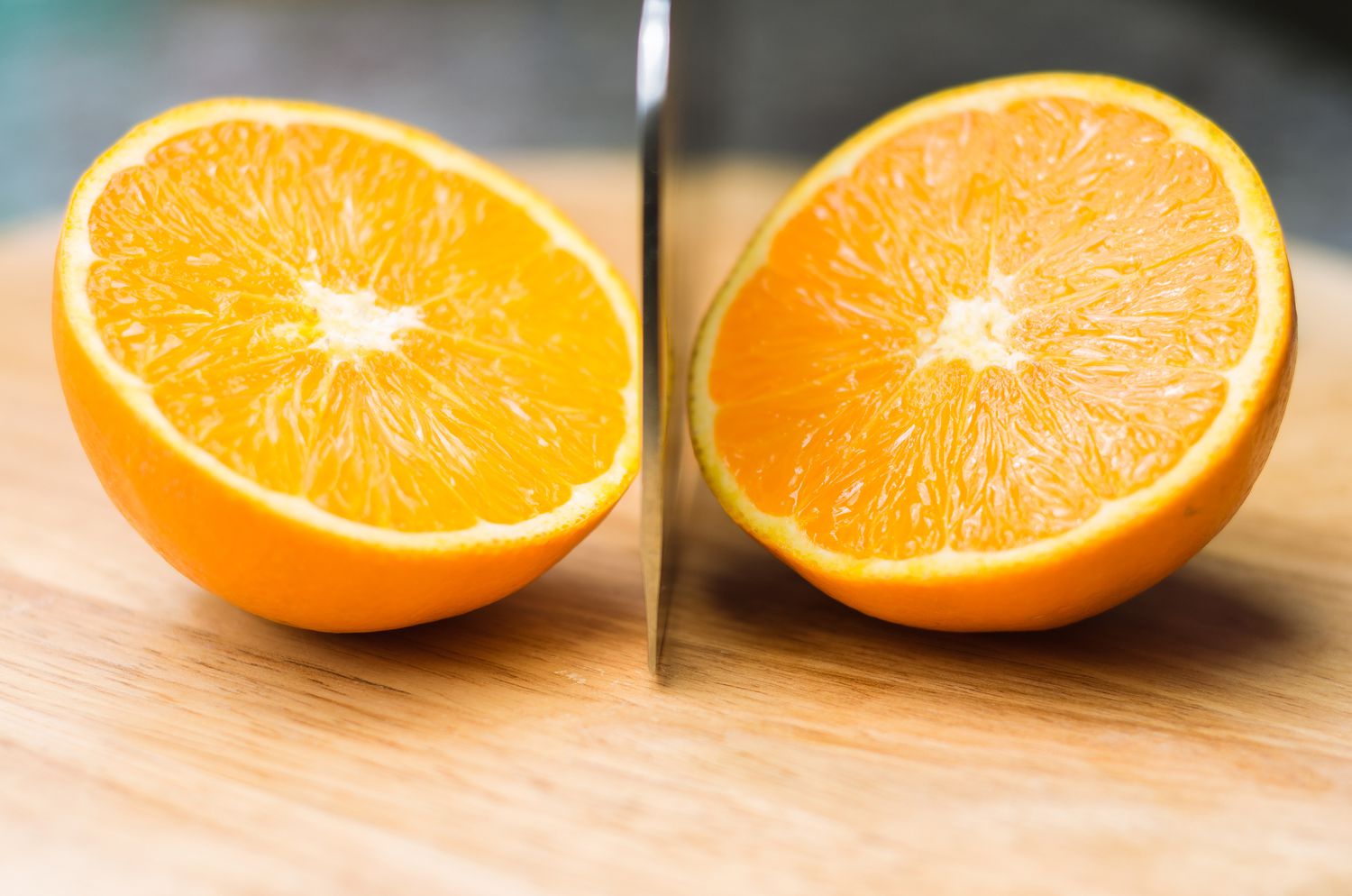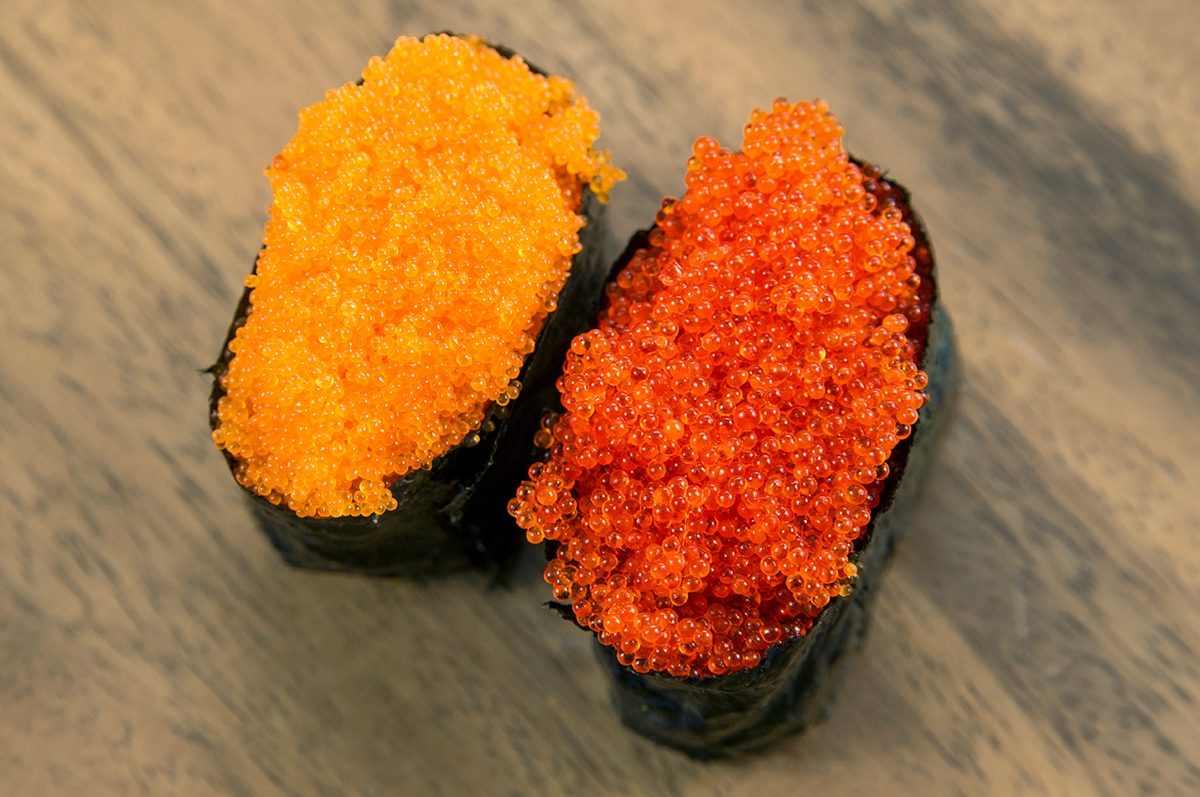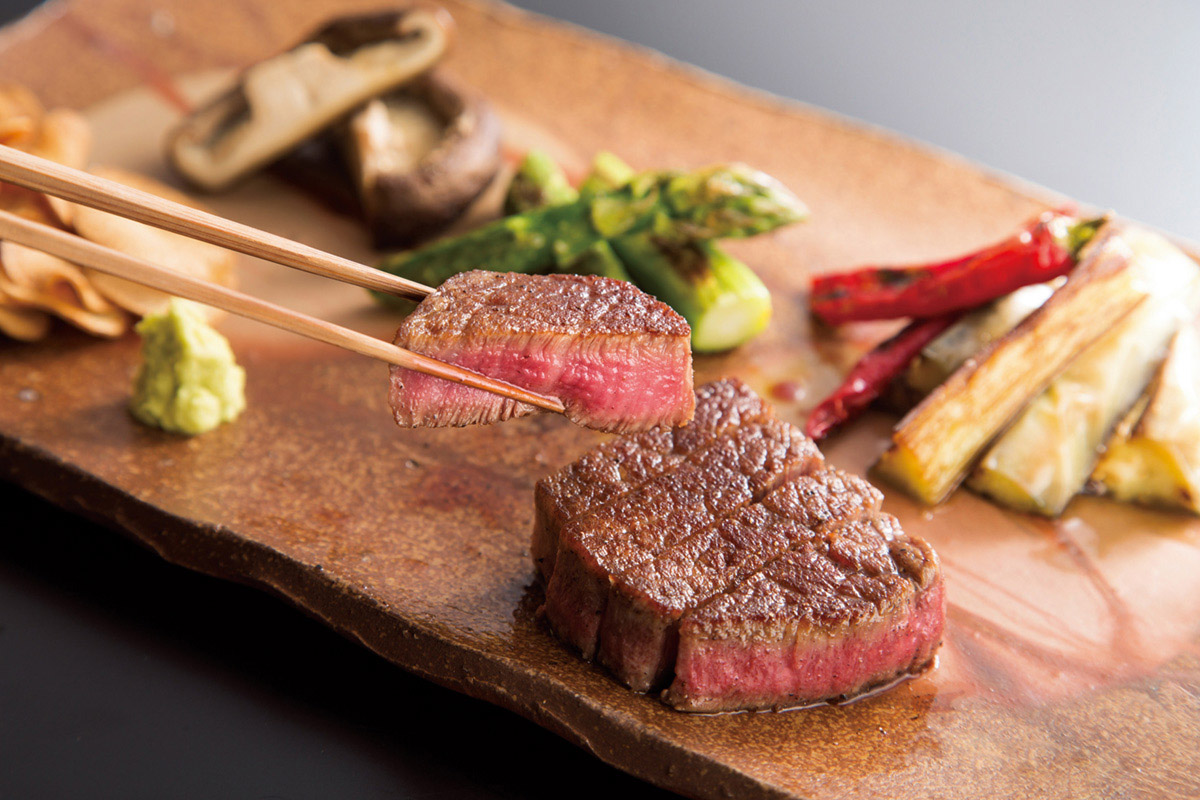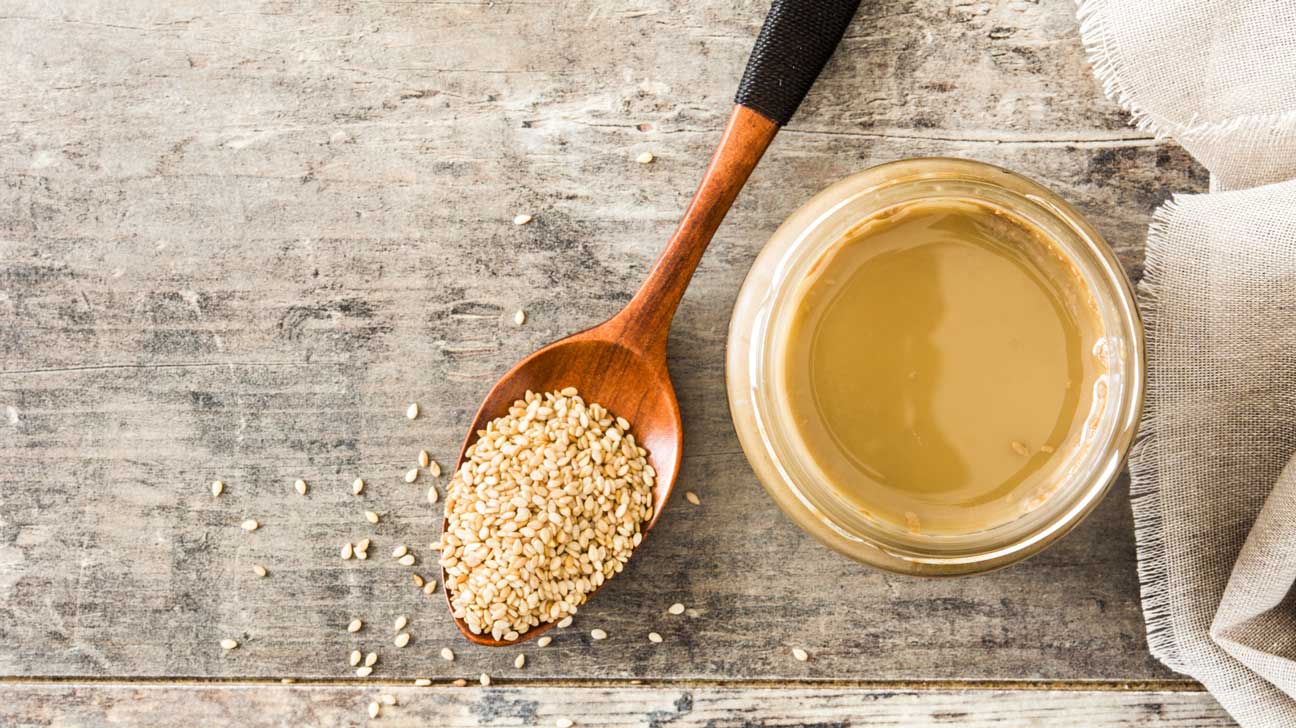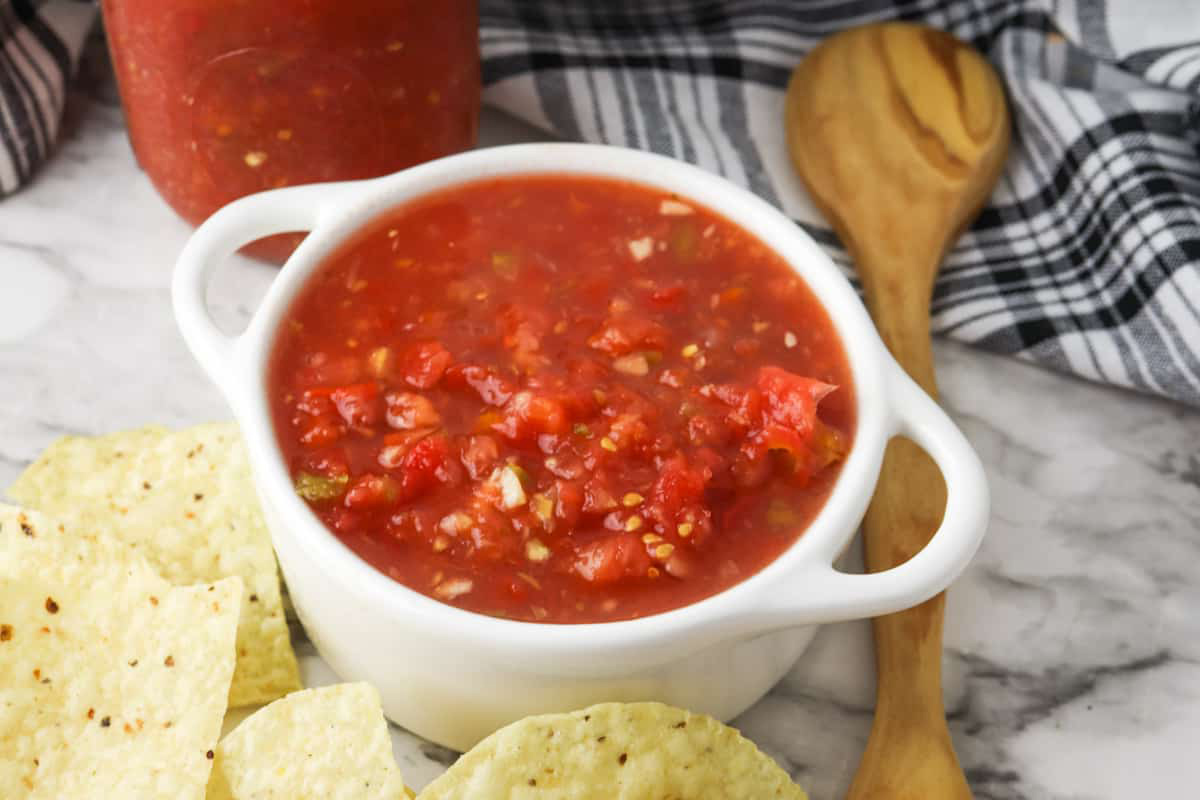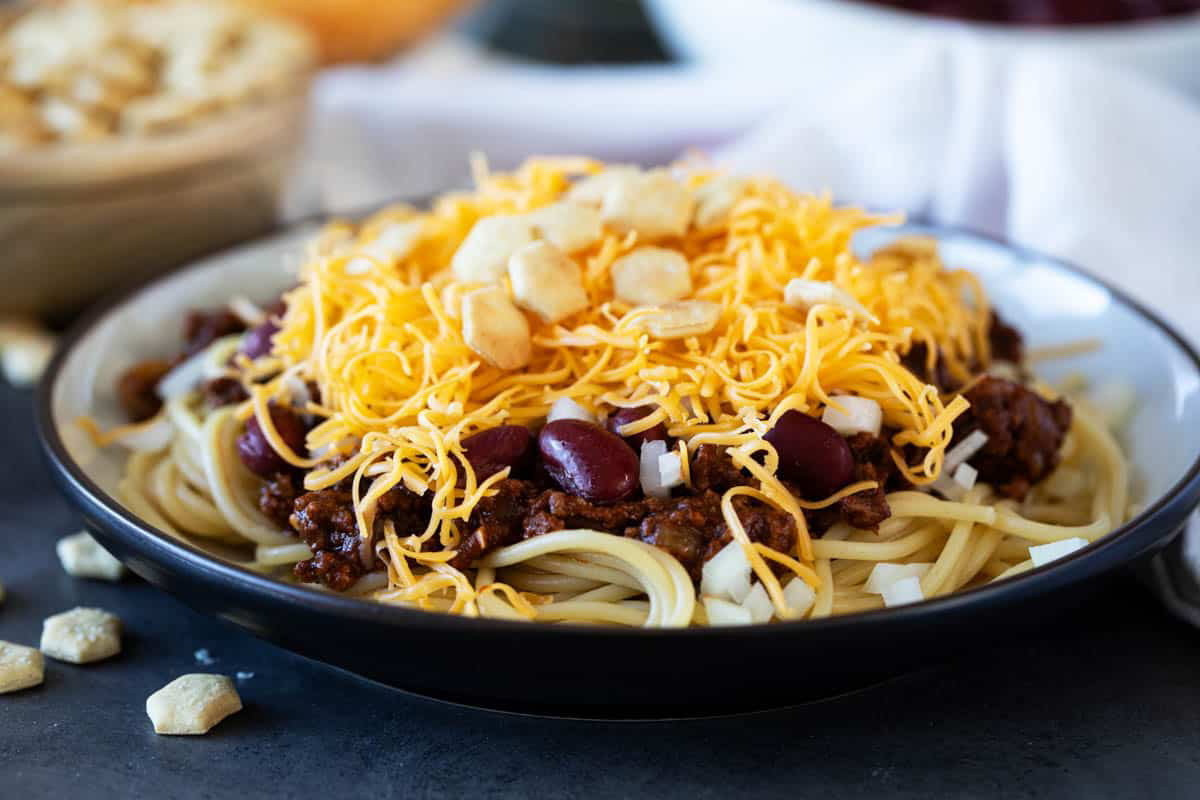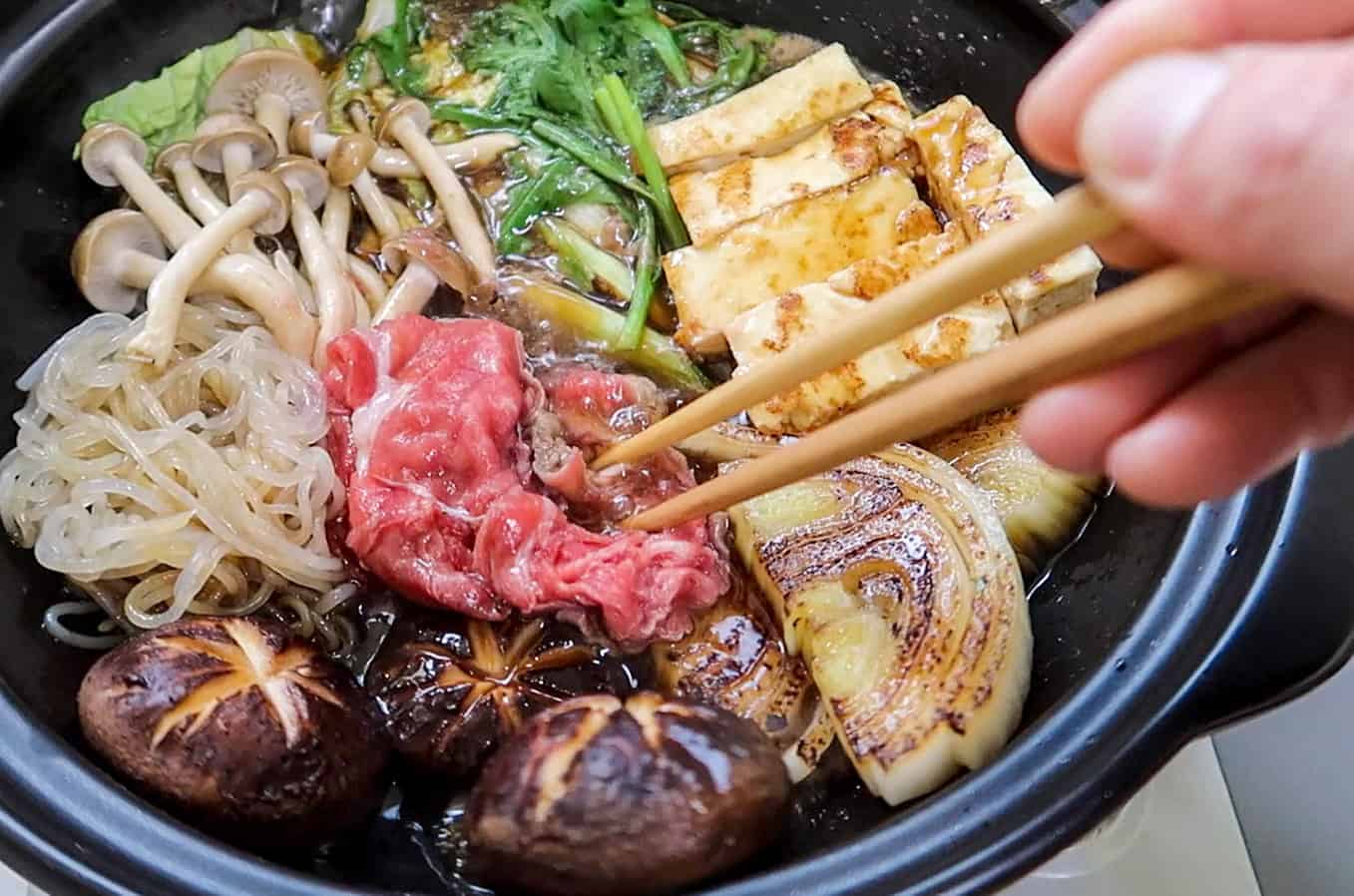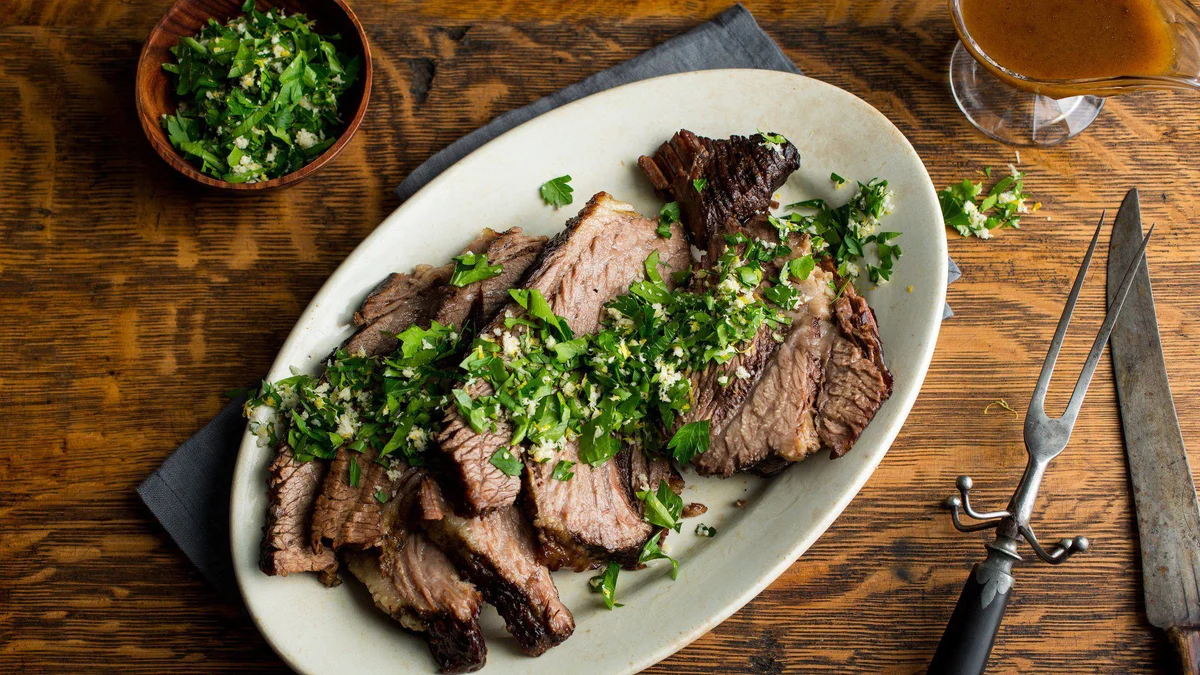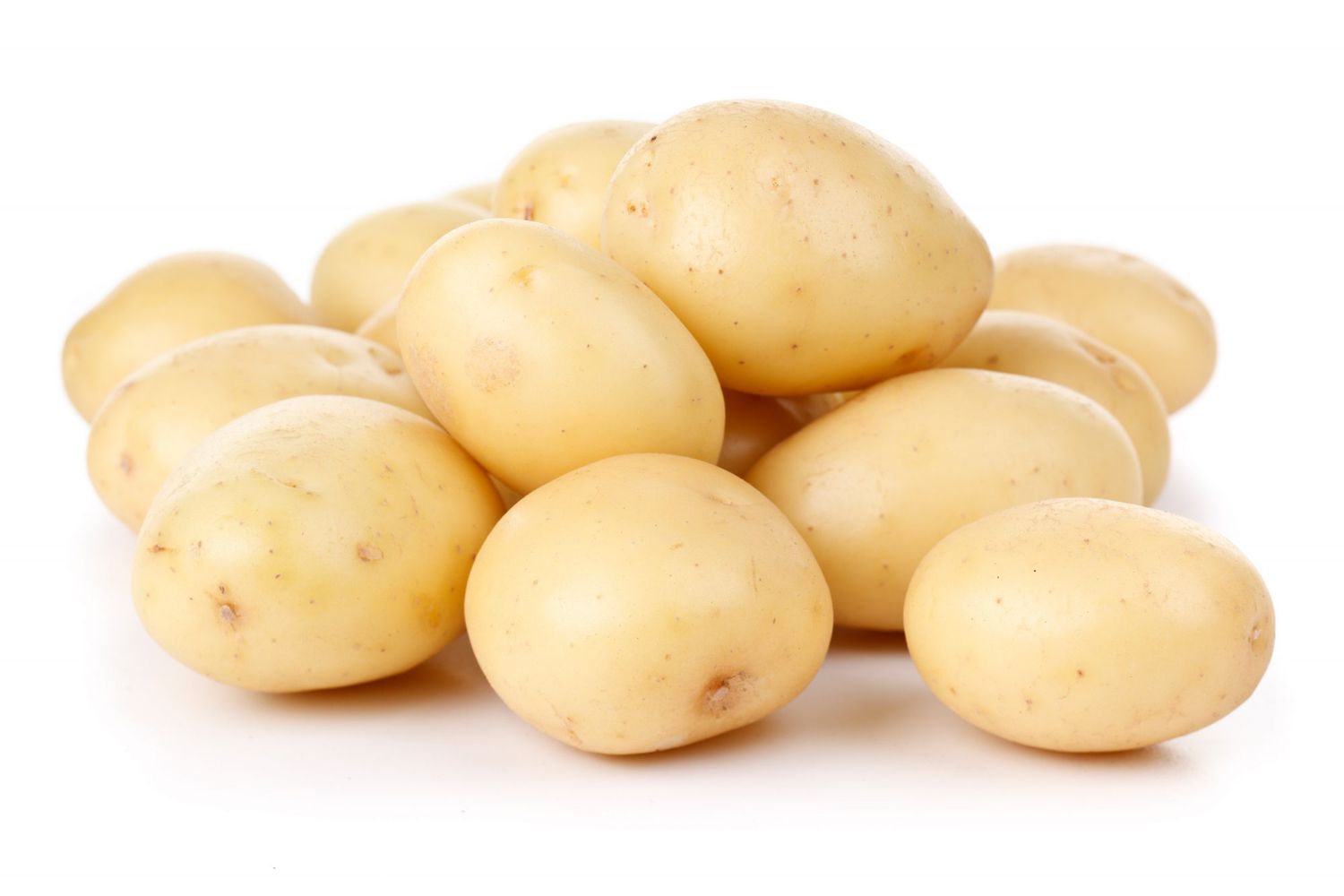The Battle of the Cheeses: Parmesan vs. Parmigiano Reggiano
When it comes to Italian cheeses, two names often pop up in the culinary world: Parmesan and Parmigiano Reggiano. While they may seem similar, there are distinct differences between the two that can affect the flavor and quality of your dishes. Let’s delve into the nuances of these two beloved cheeses and uncover what sets them apart.
What is Parmesan?
Parmesan, also known as Parmigiano-Reggiano outside the EU, is a hard, granular cheese that originated in Italy. It is typically made from cow’s milk and has a rich, nutty flavor. Parmesan is aged for at least 12 months, although some varieties are aged for up to 36 months, resulting in a sharp and complex taste.
What is Parmigiano Reggiano?
Parmigiano Reggiano is a high-quality, artisanal cheese that hails from specific regions in Italy, including Parma, Reggio Emilia, Modena, and parts of Bologna and Mantua. It is made from raw cow’s milk and aged for a minimum of 12 months, with some wheels aged for 24 months or more. Parmigiano Reggiano is renowned for its intense flavor profile, which is both savory and slightly fruity.
The Key Differences
While Parmesan and Parmigiano Reggiano share some similarities, there are several factors that set them apart:
- Origin: Parmesan can be produced anywhere in the world, while Parmigiano Reggiano is strictly regulated and can only be made in designated areas of Italy.
- Ingredients: Parmesan is often made from pasteurized cow’s milk, whereas Parmigiano Reggiano is crafted from raw cow’s milk, lending it a more complex and nuanced flavor.
- Aging: Parmesan is aged for a minimum of 12 months, while Parmigiano Reggiano is aged for a minimum of 12 months, with many wheels aged for much longer, resulting in a richer and more intense taste.
- Flavor: Parmesan has a nutty and salty flavor, while Parmigiano Reggiano boasts a more robust, umami-rich taste with hints of fruitiness.
How to Use Them in Cooking
Both Parmesan and Parmigiano Reggiano are incredibly versatile cheeses that can elevate a wide range of dishes. Here are some tips on how to make the most of each cheese in your culinary creations:
- Parmesan: Its sharp and salty flavor makes it a perfect topping for pasta, risotto, and salads. It also melts beautifully, making it an excellent choice for gratins and savory pastries.
- Parmigiano Reggiano: This cheese shines when grated over pasta, soups, and grilled vegetables. Its bold flavor can stand up to robust sauces and hearty dishes, adding depth and complexity to the final dish.
Which One Should You Choose?
Ultimately, the choice between Parmesan and Parmigiano Reggiano comes down to personal preference and the specific requirements of your recipe. If you’re looking for a more budget-friendly option with a milder flavor, Parmesan may be the way to go. However, if you want to experience the authentic taste of a time-honored Italian cheese with unparalleled depth and complexity, Parmigiano Reggiano is the clear winner.
Whether you’re grating it over a steaming bowl of pasta or savoring it on its own, both Parmesan and Parmigiano Reggiano have earned their place as beloved staples in the world of cheese, each offering its own unique characteristics and culinary contributions.
So, the next time you’re at the grocery store or perusing the menu at an Italian restaurant, keep these differences in mind and choose the cheese that best suits your taste and culinary needs. Buon appetito!
